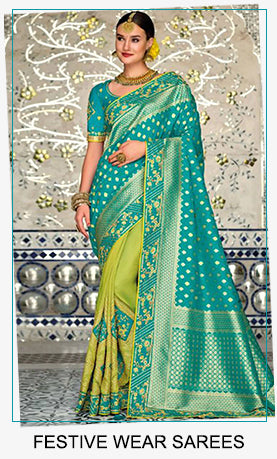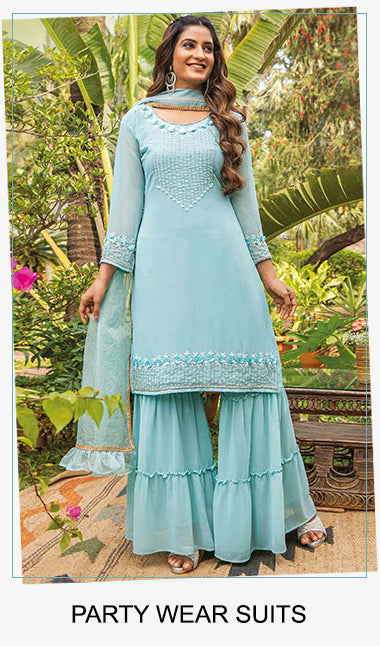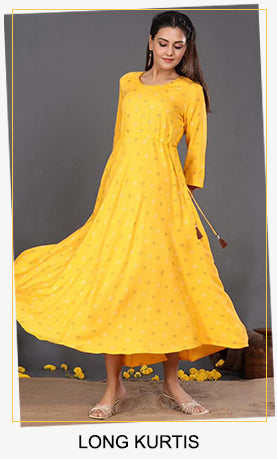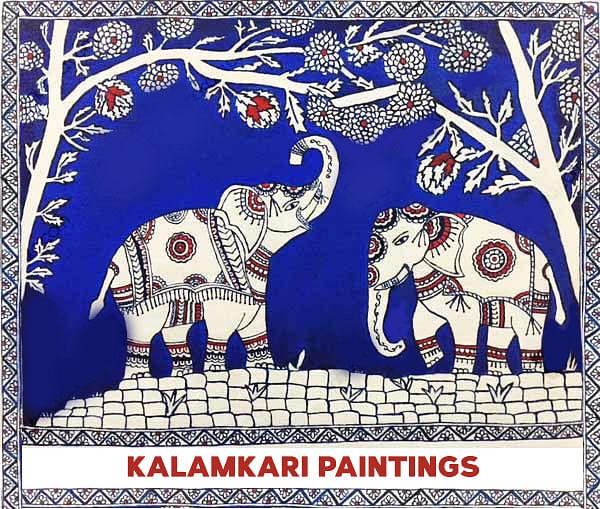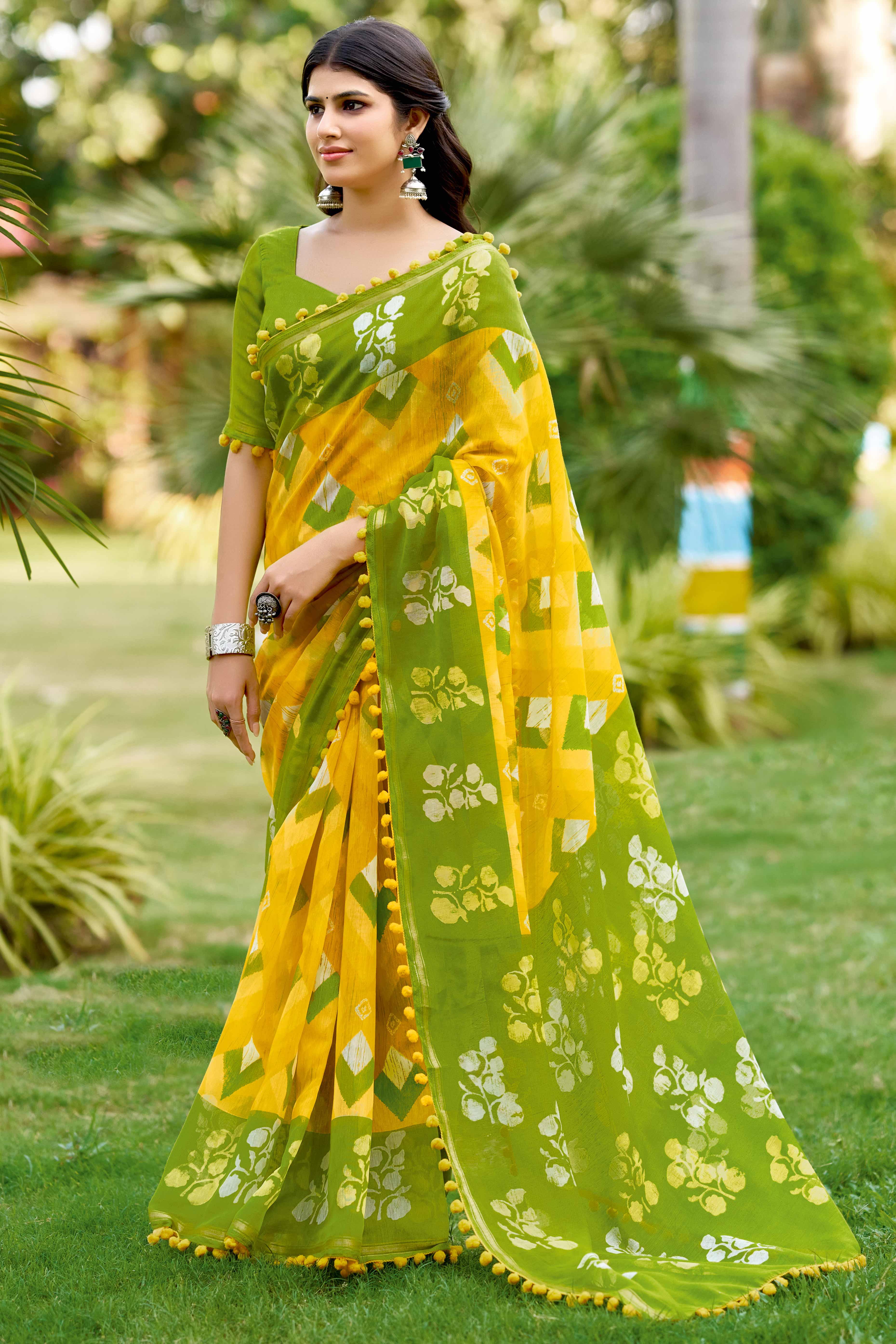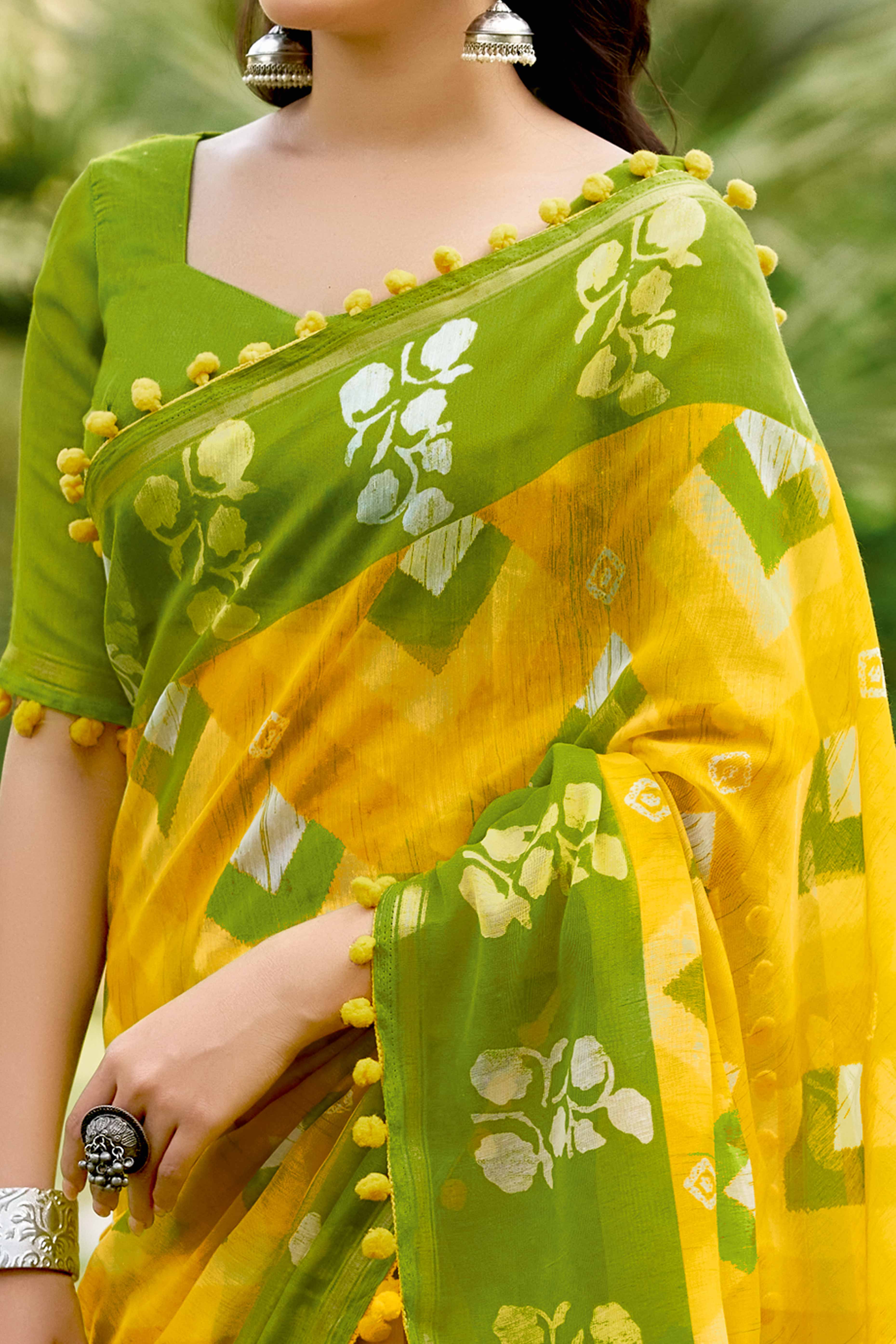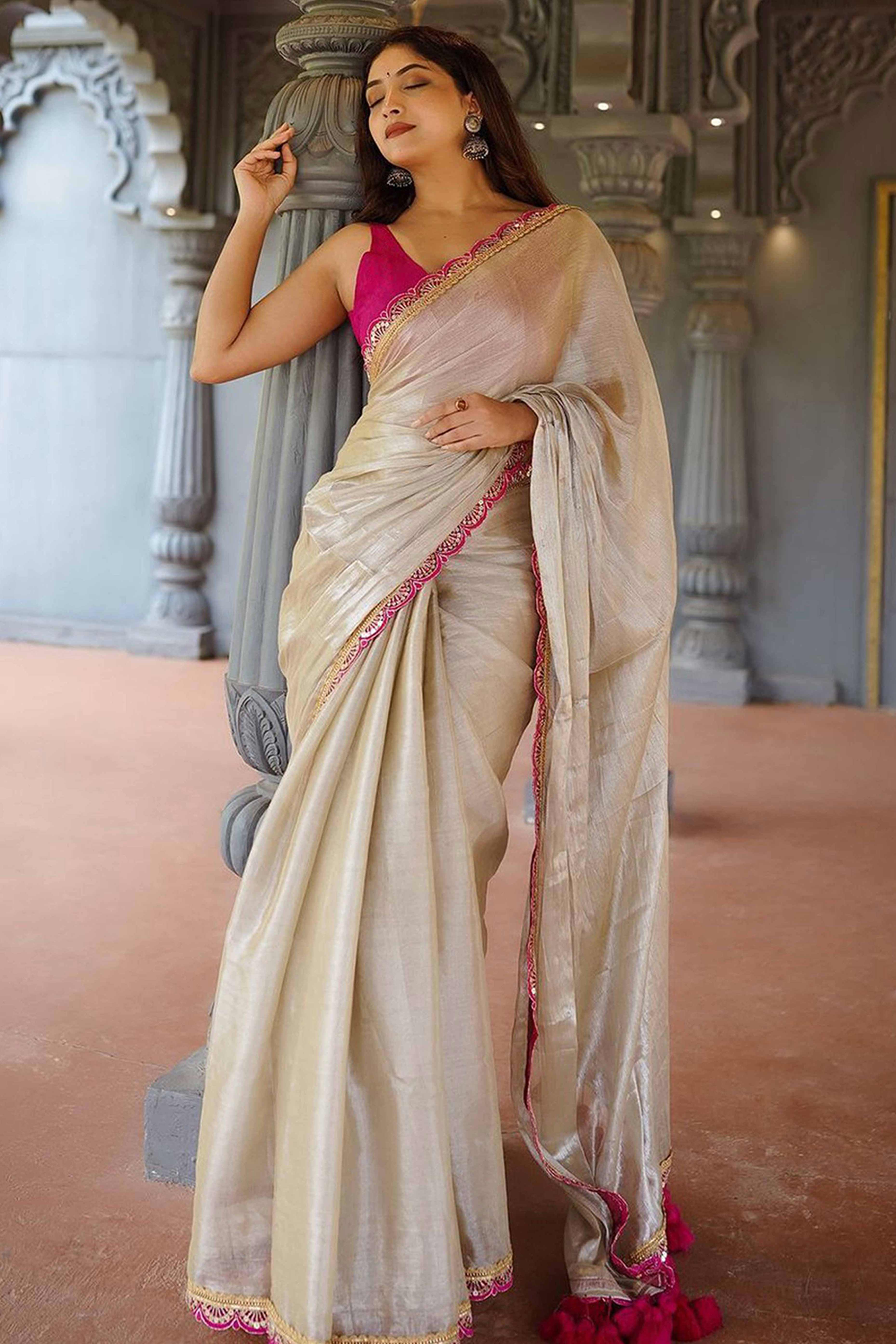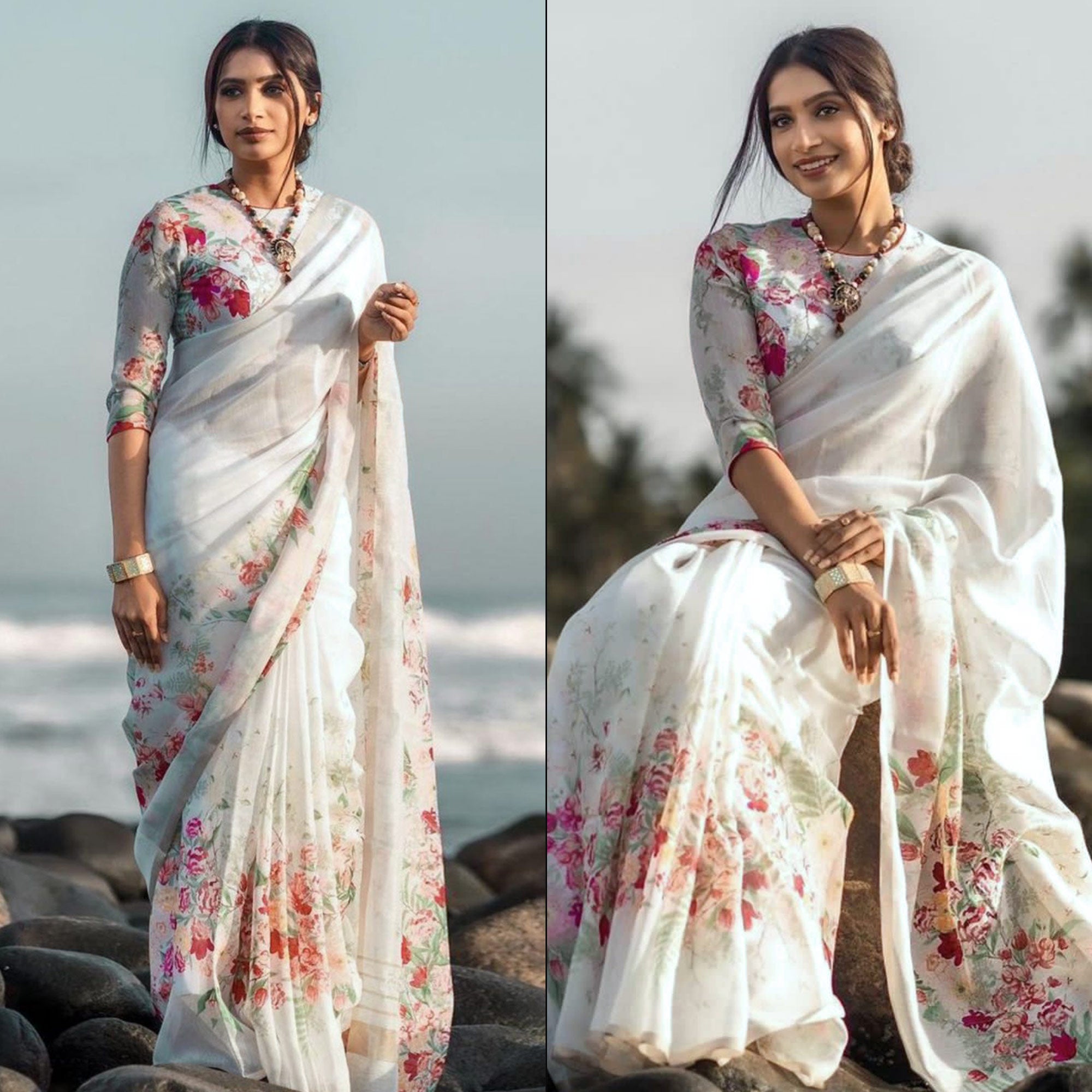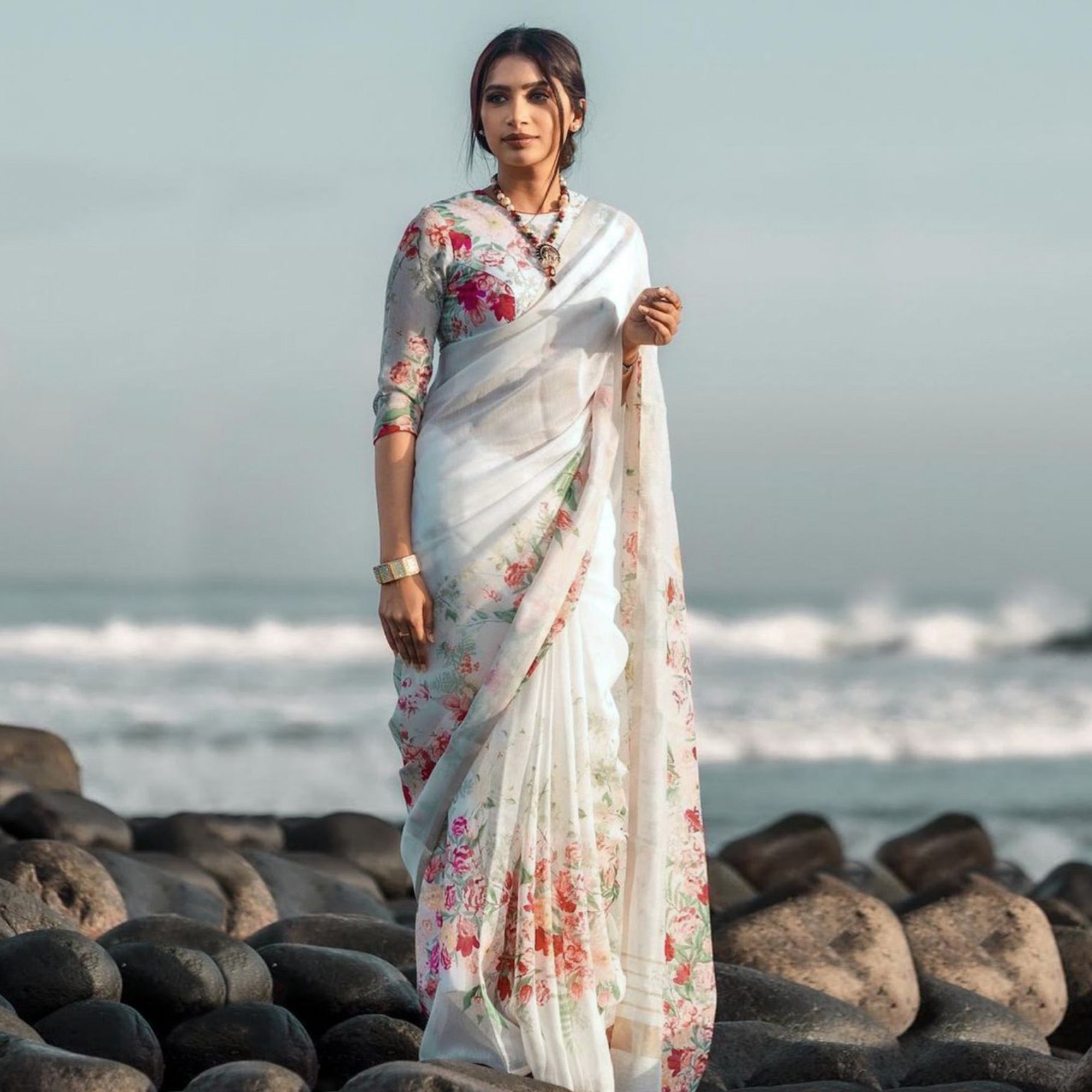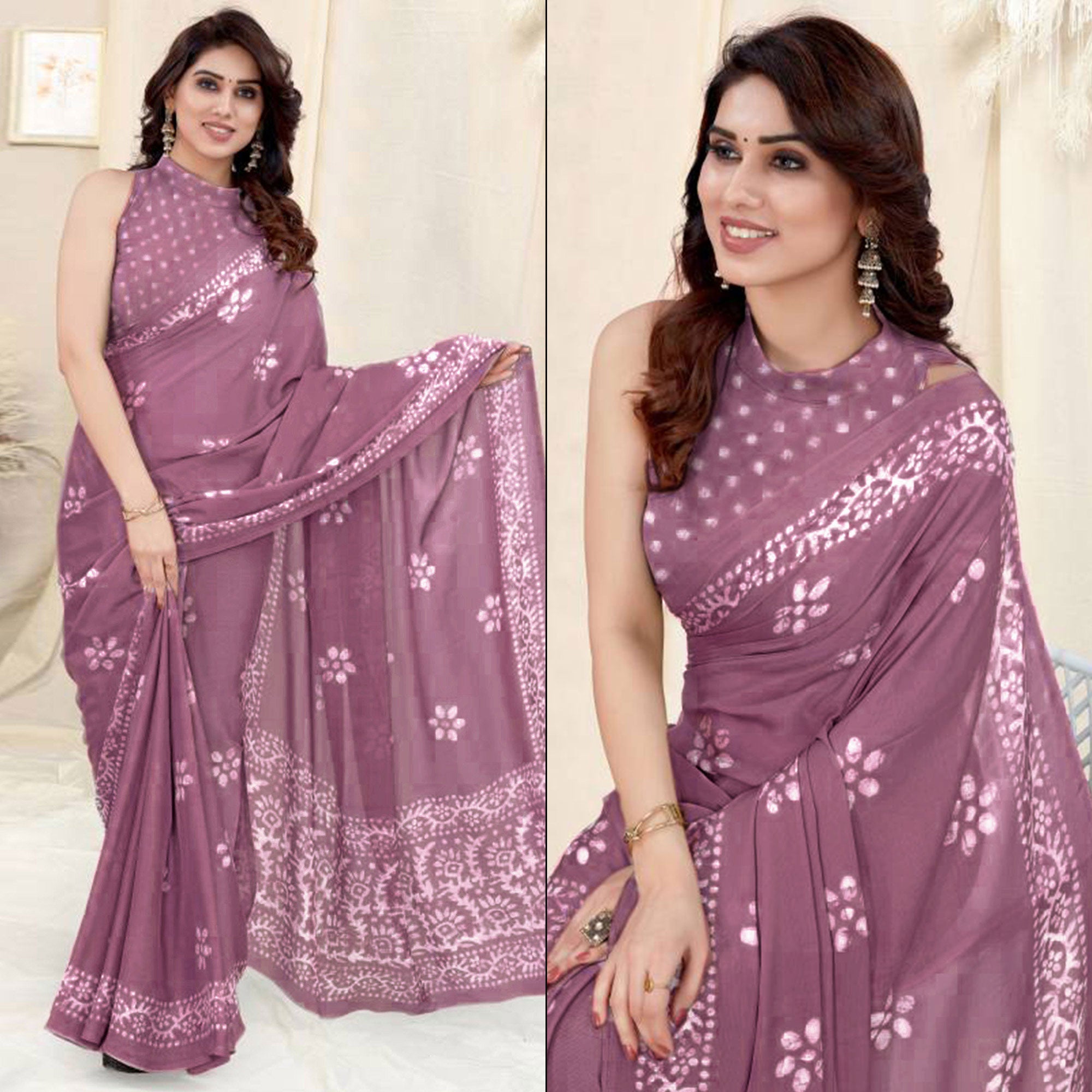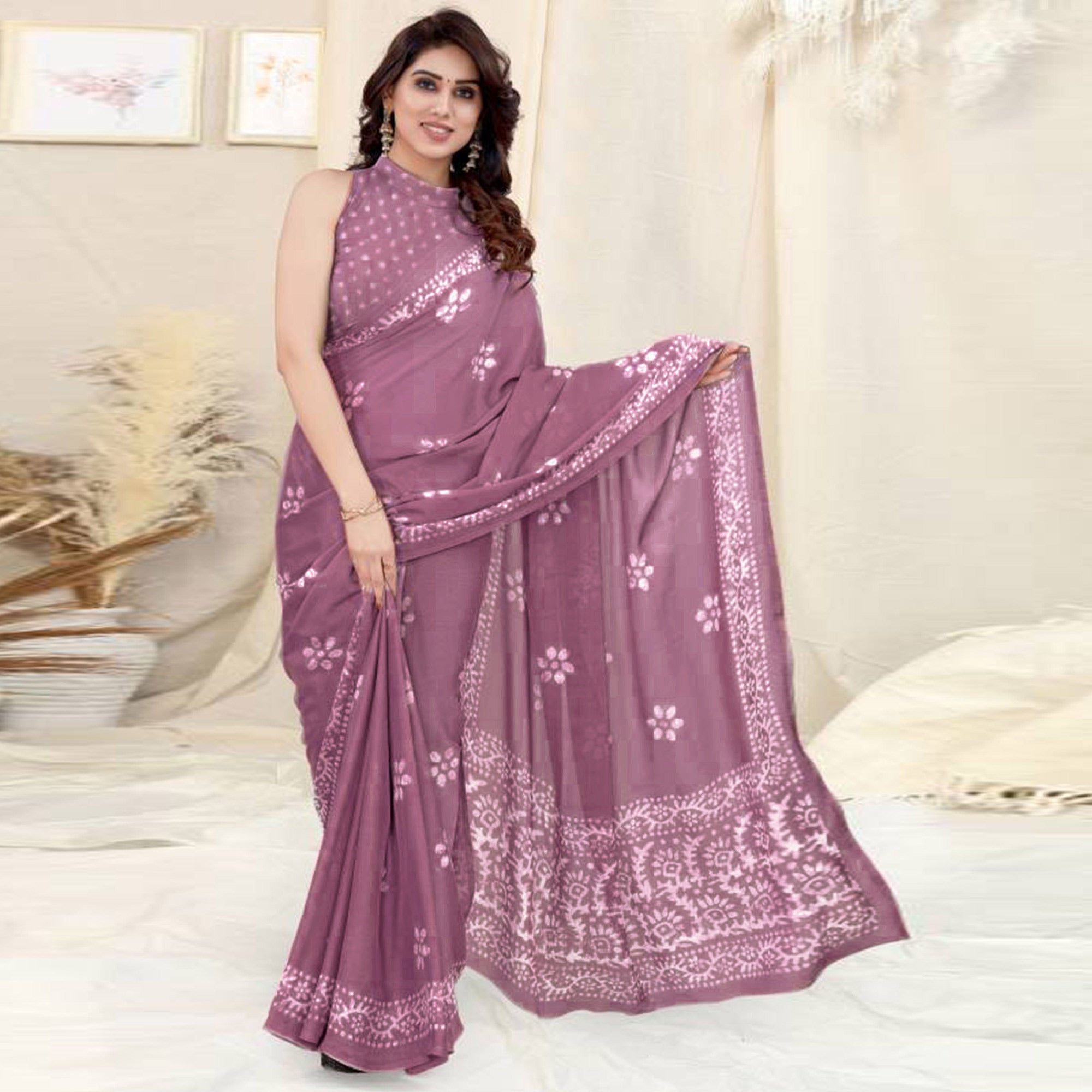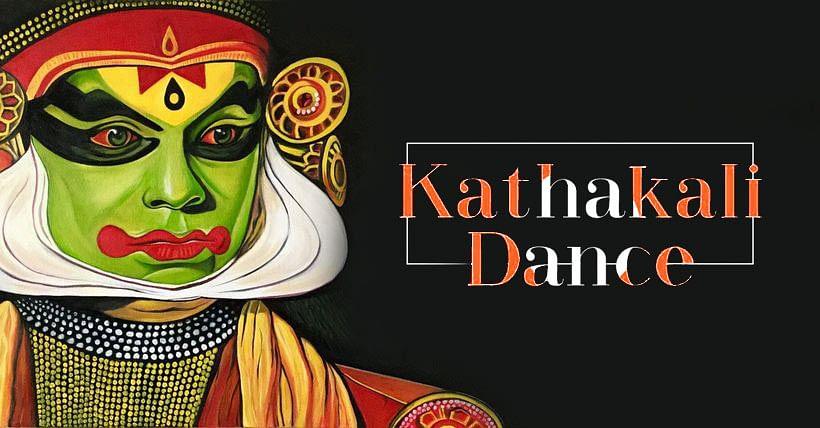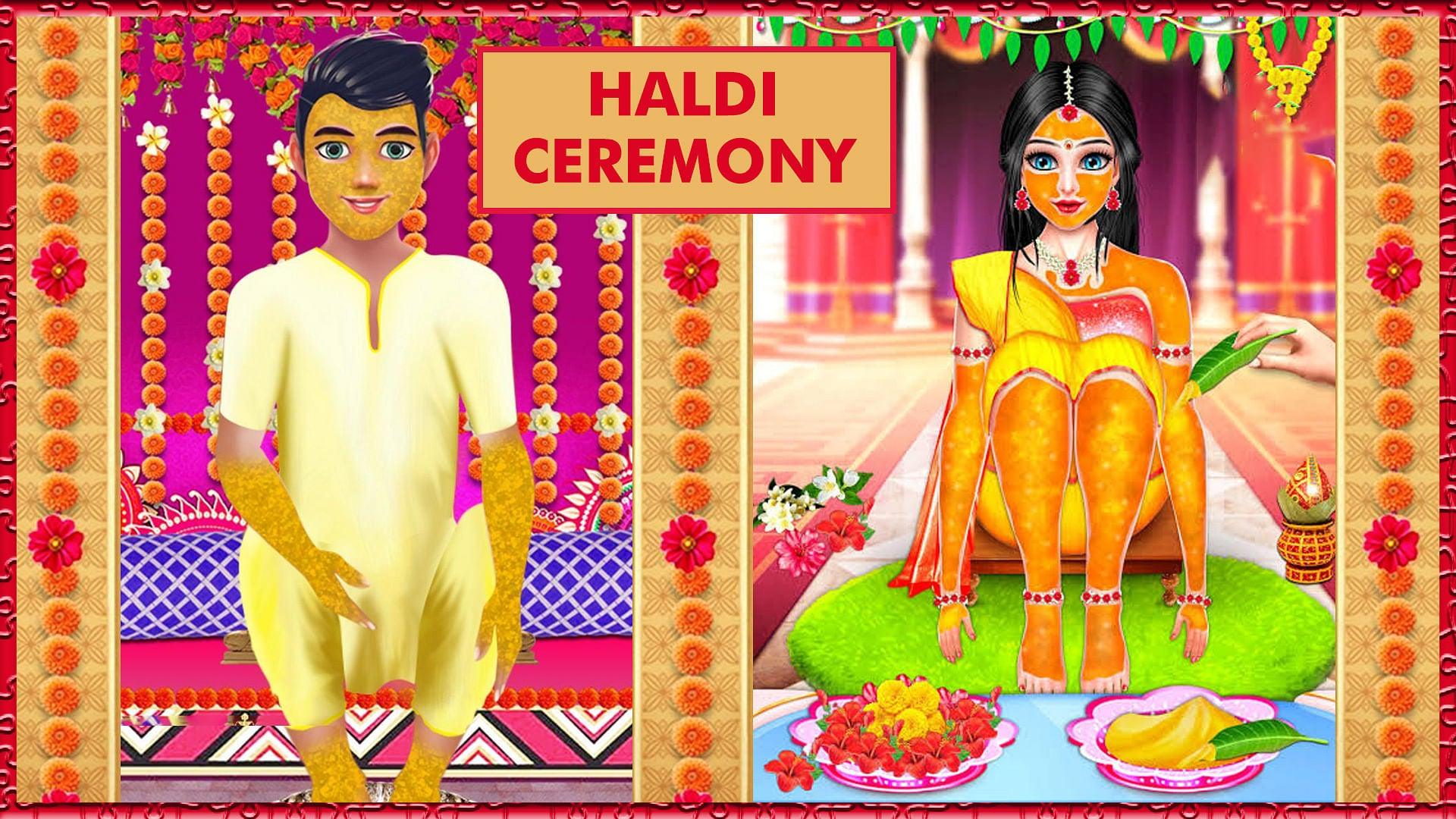Having originated about 3000 years ago, the art of Kalmakari paintings is quite ancient. Derived from the adjoined words kalam- meaning pen and kari- meaning work, kalamkari means painting out of pen. This art form originated at Kalahasti (near Chennai) and Masulipatnam (near Hyderabad) in South India.
Since Masulipatnam was predominantly a Muslim region, paintings from that region were block painting art while Kalahasti paintings indulged in tracing Hindu mythological scenes.
The kalamkari paintings still retain the essence that was prevalent at the time of their origin.
Origin of Kalamkari Art
The mesmerising Kalamkari paintings have an interesting tale behind their origin. In ancient times, people would travel from village to village, district to district, province to province and narrate the stories and legends of one place to the folks of another. Gradually, this art of story telling took a pictorial transformation and the travellers would narrate their stories through work of art- paintings. One of the most valued Kalamkari paintings is the one depicting the life at Mohenjo-Daro, which was recovered from the archaeological sites there.
A lot of ancient Kalamkari paintings depict mythological tales and Hindu deities.
Technique Behind Kalamkari Paintings
The authentic and original technique to draw Kalamkari paintings involves the use of a bamboo stick pointed at one end. A bundle of fine hair is tied to this pointed end that serves as a brush tip. The bamboo sticks are kept dipped in a mixture of fermented jaggery and water before the painting is started.
Also Read: Stylish Dupattas To Accessorize Your Look

The Kalamkari artists came to be known as Jadupatuas and Duari Patuas- which means magical painters.
Different Styles of Kalamkari Paintings
The beautiful art of Kalmakari has some popular styles to its credit.
Sri Kalahasti Style
Having originated in the sacred premise of Kalahasti, this style took its name after the city and revolved mostly around painting deities and mythological legends.
Masulipatnam Kalamkari
This style was influenced by the Persian style- owing to the Islam influence in the region. The paintings included motifs and block paint styles using hand blocks and pen.
Karrupur Style
This style of Kalamkari developed in the thanjavur region and flourished during the Maratha rule there. During the rule of Raja Sarfoji and Raja Shivaji, the Kalamakari paintings were crafted out on fabrics along with gold embellishments adorning them which were used as clothing garments by the royals of that time.

Process of Kalamkari Paintings
The Kalamkari paintings have majorly two processes that go into crafting the paintings.
The first one is the Kalahasti process and the second is the Masulipatnam process. However, in both the processes, the preliminary steps remain the same.
The cloth or the fabric on which the painting has to be done is first thoroughly washed to remove any excess starch and then it is dried completely ensuring that there is no trace of moisture in the cloth. After this, the cloth is dipped in a mixture of buffalo milk and myrobalan fruit dust (a fruit homegrown in south India) for some time. It is then taken out and wrung properly.
After this, the fabric is ready for whatever style of Kalamakari painting needs to be drawn on it.
Kalahasti Process
In this process, burnt twigs of tamarind tree are used and made into a charcoal pencil. This pencil is used to make the draft sketch of the painting on which the painting is to be traced. After this, the bamboo pens are used. While one end of the bamboo is pointed with a bundle of hair attached to serve as the brush tip, a needle is used to further intensify and darken the design traced earlier.
The bamboo pens (previously soaked in fermented jiggery and water- which would serve as the paint color for bamboo) are then used for drawing. As the pen is squeezes, the jiggery mixture works as the color and any excess mixture dripped out is removed using a cotton ball.
Trade and Kalamkari art
The Kalamakari paintings in the ancient times were used by painters and artisans as a currency in exchange of expensive spices and condiments. They had huge demands from outside of India even during those times. So when exported outside, they were exchanged for exclusive aromatic woods and aromatic oils which were available only in South East Asian countries and Indonesia.

The Kalamakari paintings are a beautiful and revered handcraft form from our enriched and glorious past that are our way of a glimpse into the abounding talent and the lifestyle of the ear gone by.
Translating this art form into the very popular Kalamakari sarees has been a very successful way to keep this ancient and valued art alive and intact.

